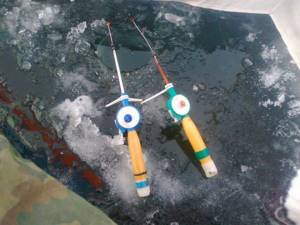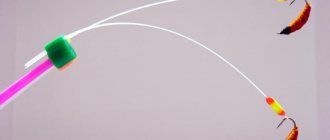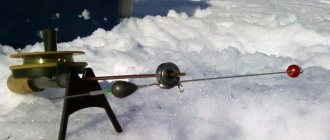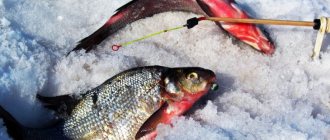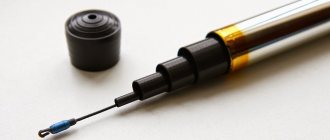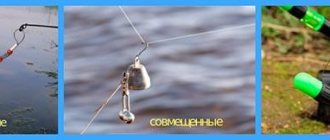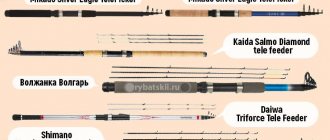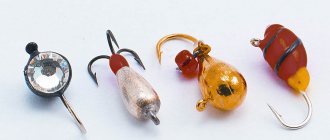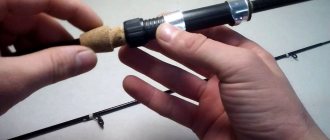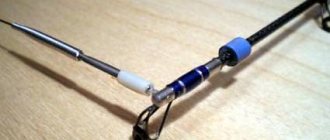Fishing in winter differs from summer: fishing at low temperatures is less tolerated by anglers, the hole quickly becomes covered with a layer of ice, and fish behavior changes depending on the hunting season. Finding fish in winter is difficult: all prey is close to the bottom. For such cases, you can purchase it in a specialized store or use scrap materials to make a nod for a winter fishing rod with your own hands, which can easily cope with this problem.
Why do you need a nod?
The ability to quickly respond to a bite and control the vibrations of the bait are functions of the nod that increase the chances of a catch. The nod signals the fisherman about a bite. In winter, fishing gear experiences harsh weather conditions: materials must be resistant to temperature changes, withstand numerous bends and not deform.
Requirements that the gatehouse must meet:
- resistance to natural reactions (wind, snow, humidity);
- high wear resistance (to minimize replacement frequency);
- low cost;
- availability of materials for installation;
- the ability to monitor bait wiring.
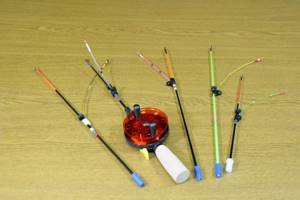
Making a nod for a winter fishing rod that will suit individual fishing conditions, the size of the prey, and the nature of the bait is not difficult. It is enough to stock up on the necessary materials and show imagination and dexterity.
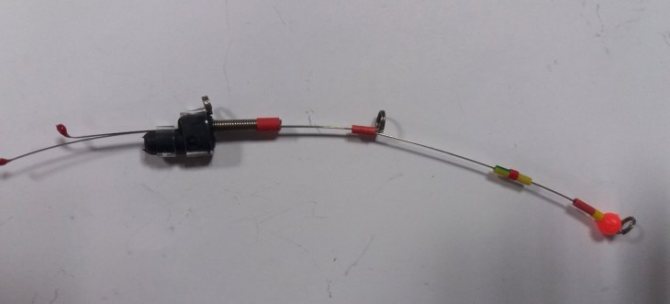
Advantages and disadvantages
Lavsan nods have the following advantages:
- Elasticity. This property allows you to perform the necessary wiring, i.e. give the jig the movement of the required frequency and amplitude.
- Sensitivity. Thanks to its high sensitivity, the lavsan nod allows you to detect even a careful bite.
- Strength. Despite its apparent fragility, lavsan nod can withstand serious loads.
- Practicality. Due to the fact that during fishing you can change the length of the nod, you can fish with it in different conditions.
- Frost resistance. Lavsan retains its properties at temperatures up to -300 Celsius.
- Durability. When handled correctly, lavsan nods last a long time.
- Simplicity. Possibility of making it yourself.
- Price. Ready-made lavsan nods are quite cheap.
Expert opinion
Knipovich Nikolai Mikhailovich
Zoologist, hydrobiologist. I am interested in fishing at a professional level.
One of the disadvantages of lavsan nods is their unstable operation when fishing in a strong side wind.
Choosing a nod for a winter fishing rod
To choose the right winter fishing rod, you need to decide on the bait and type of fishing. A specific signaling device is suitable for each bait. The rigidity of the guard depends on the material used, thickness and length.
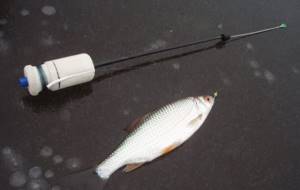
The design of the nod includes three components:
- the basis is a thread of lavsan, etc.;
- the rubber washer is the attachment point to the whip;
- The role of a signaling device is performed by a strip of paint.
Types: spring, combined from lavsan and silicone and others
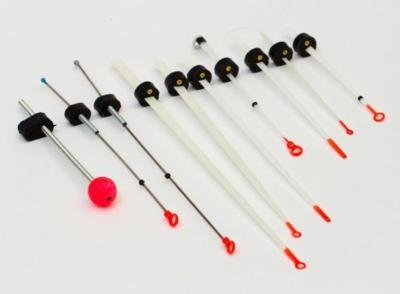
Lavsan nods are classified according to several criteria, namely:
- By form:
- in the form of a strip;
- conical;
- double-cone.
- By design:
- simple, consisting of a strip of lavsan and a holder;
- spring, including several strips of lavsan;
- combined, consisting of a silicone base tube and a strip of lavsan, which performs the function of the nod itself.
- By purpose:
- For fishing with a jig with bait. Such nods are always shorter and, as fishermen say, “snottier.”
- For fishing with a reelless reel. Nods for baitless fishing are always longer and more elastic. Some may have a reverse bend angle, i.e. look up without load.
- According to the specifics of fishing:
- nods for catching perch are always shorter and stiffer;
- the longest and softest nods are used for catching bream;
- catching roach involves the use of nods of an intermediate design.
Materials for making nods
Nods made of steel plate are the most popular type of alarms used by fishermen. At the end of such equipment there are cambrics. One of the positive properties that a nod made from this material has is the ability to adjust to fit the weight of the bait and withstand the wind. The disadvantages include the lack of adjustment of jig vibration and low service life.
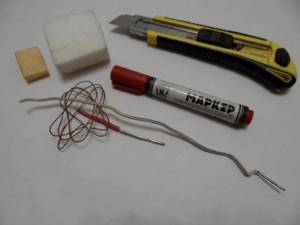
Lavsan nods are made of polymer material, which is thin and durable even when exposed to low temperatures. They are very sensitive, reacting to the slightest touch of fish on the bait. They are not able to withstand heavy weight due to their small thickness, so they are not suitable for lure fishing.
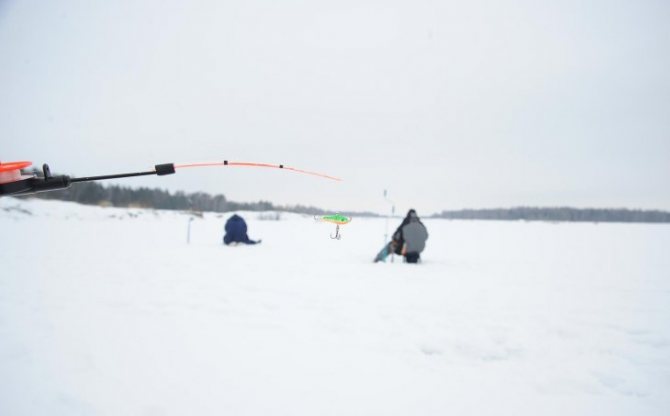
Boar bristle nods are not particularly popular among fishermen, but at shallow depths or in still water this type of nod is most suitable. They have excellent resistance to strong winds due to the light of a small cross-section, but in severe frosts they quickly become unusable.
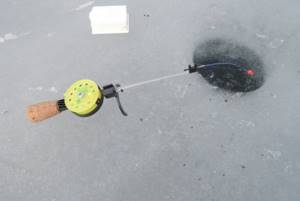
Nipple rubber nods are used extremely rarely due to the material they are made of: in the cold it loses its elasticity and freezes when it gets wet.
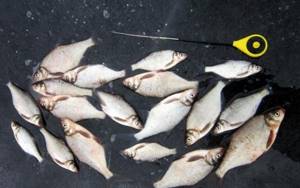
In addition, wiring with a rubber nipple nod gives poor results and resembles shaking rather than playing. They are used in cases where a more suitable signaling device is not at hand.
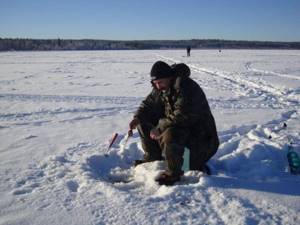
Carbon fiber nods are made from material intended for the production of float rods and have earned the trust of fans of reelless fishing. They resist the wind perfectly and accurately indicate bites. Disadvantages include fragility, but manufacturing technologies are developing, and the future lies with this type of nod.

Tips for choosing a nod from professional fishermen
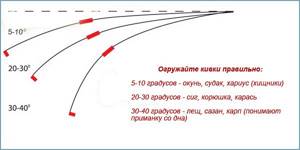
In order for this tackle to show all its capabilities and be most effective, it must be selected correctly. The main criteria that pay attention to are the weight, dimensions and game characteristics of the bait used.
Taking into account these characteristics, nods are divided into the following types:
- Reelless gear. The softest options are used; with their help you can catch small perches or roaches.
- Tackle for jigs, on the contrary, is selected with a high level of rigidity, especially for fishing in winter.
- Tackle designed specifically for vertical trolling must be made of fairly dense fishing line and be short in length. In this case, the device will not have any effect on the game of the bait; it only serves as a bite detector. This option is well suited for fishing for large perches.
- Balanced nods are intended if the main prey is a large predator, which is caught using a spoon.
To summarize, it can be noted that the nod is a very useful and multifunctional device, which, depending on the situation, fishing conditions and other features, can perform a variety of tasks.s here
At the same time, it is not at all necessary to go to a fishing store to get it, since you can make this tackle with your own hands without any special difficulties, even without having any specific knowledge or skills.
DIY nod for winter fishing
Fans of fishing in winter consider making nods as a hobby and a desire to create a multifunctional signaling device for themselves.
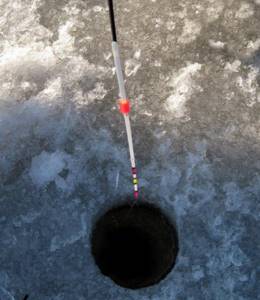
There are many ways to assemble a winter fishing rod with a nod, however, each self-made guard will have its own characteristics, advantages and disadvantages of use.
- nod made from a clock spring;
- nod from X-ray film;
- nod made of lavsan;
- Shcherbakov signaling device;
- from a coiled spring;
- nod "cracker"
- nod "snot"
